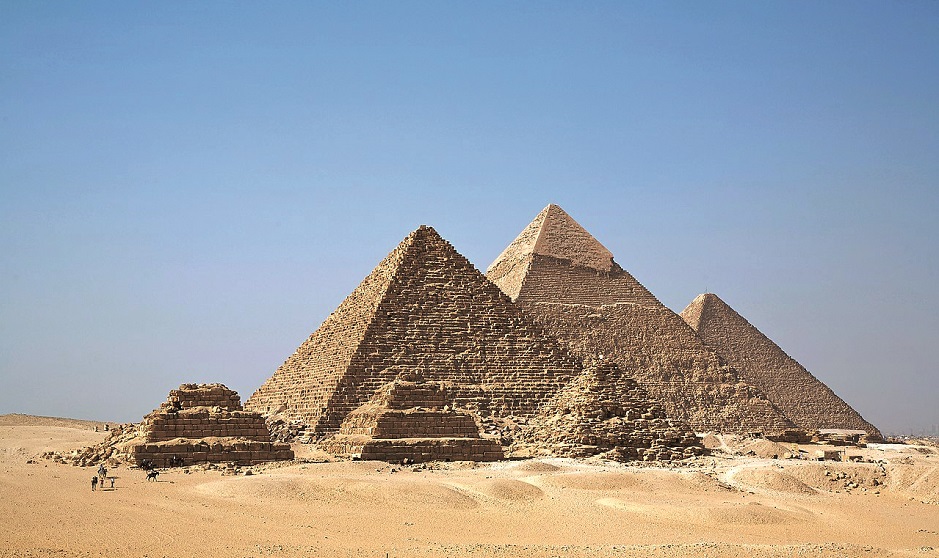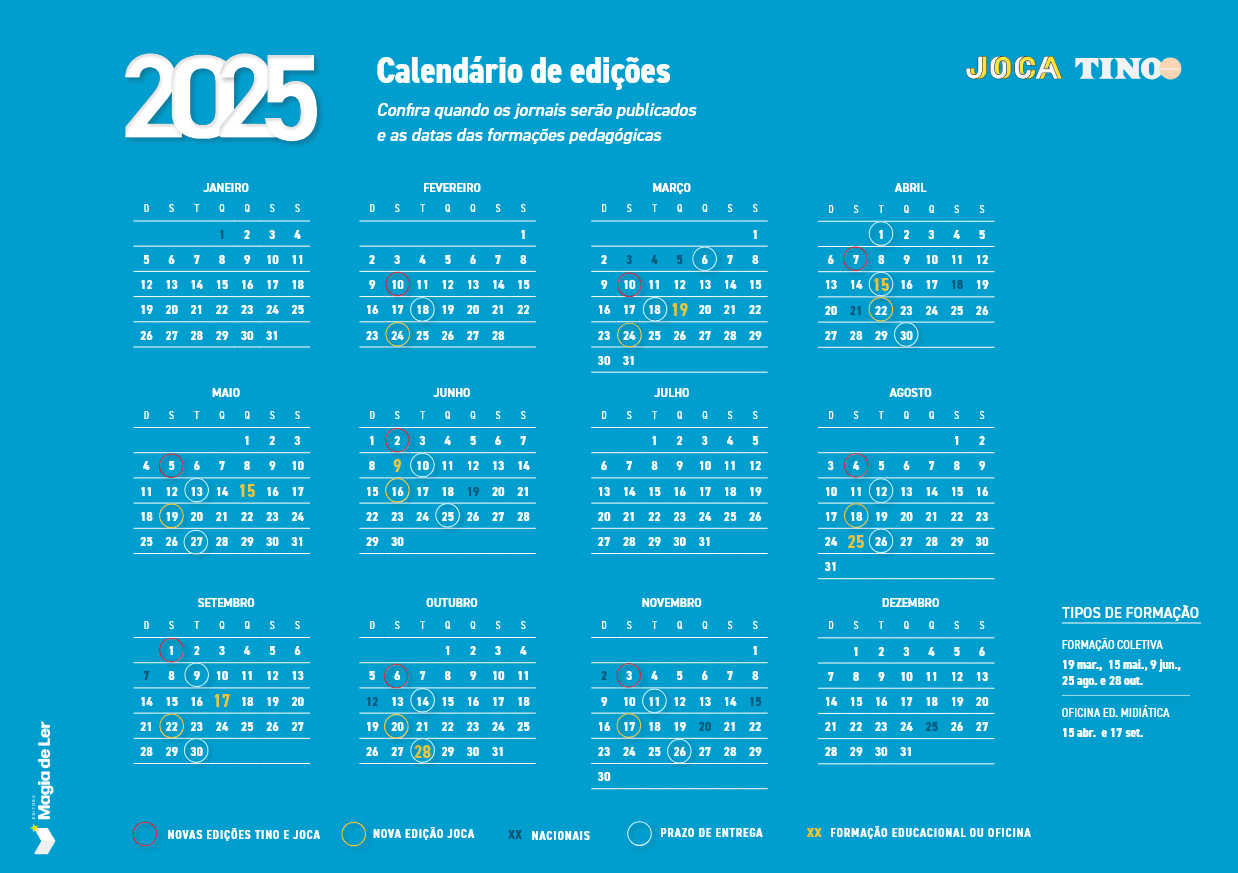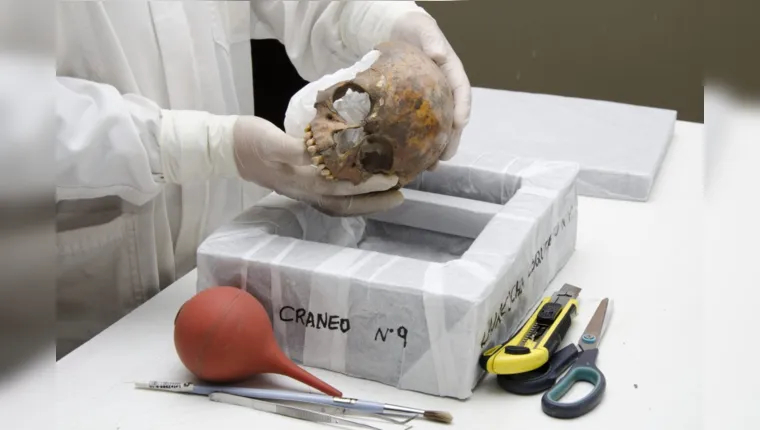In English
27 de setembro de 2018
Egyptian World in Brazil – Level 3
More than 40 years ago, after seeing a few movies and reports on television, Julio Gralha discovered something: he wanted to study Egyptian history.



More than 40 years ago, after seeing a few movies and reports on television, Julio Gralha discovered something: he wanted to study Egyptian history. He was 15 years old at the time. Today, he is 57 and one of the foremost specialists on Egypt in Brazil. He is also the coordinator of the Centre for Studies in Medieval History, Ancient History and Interdisciplinary Archeology (NEHMAAT) at the Federal Fluminense University (UFF).
After studying Egypt for a long time, Julio received the news about the fire that destroyed the National Museum in Rio de Janeiro with great sadness (find out more in JOCA’s issue 119). Among the collection’s 20 million objects, about 700 of them told part of the history of this African country.
In an interview with elementary and middle school students from Escola Parque (Barra da Tijuca and Gávea campuses) in Rio de Janeiro, the researcher talked about the National Museum’s importance and cleared students’ doubts on Egyptian history and culture.
What was your reaction when you found out about the museum fire?
I was working that Sunday, and my mother-in-law called to tell me about it, because I do not watch TV much. I thought it had been something small, but then I looked for information about it. When I saw the state of museum, that it was totally destroyed, it was very painful. I started thinking about all the collections, not just the Egyptian one. My heart started beating faster, and I began to cry.
Why was the museum important to you?
My relationship with the museum was one of love. I would often go there to look at the museum pieces and take pictures of them. I cared a lot about that place. But the museum was important to all of us, not just for me who studies Egypt. It was not just 200 years of research, since the moment it was founded. There were also discoveries from millions of years ago. It was like a tunnel in time. It was a way for you to go back in history and really see artifacts from many cultures. It was the fifth largest museum in the world in terms of collection size, and it was a research centre as well. Several researchers would come from all over the world to conduct their studies with the museum’s artifacts.
Do people find your work strange?
In the old days, people thought my profession was strange. Nowadays, they say it is intriguing. A lot of people think that it is unusual for Brazilians to study Egypt, which is called egyptology.
Have you ever been to Egypt? What is it like there?
I have been there twice, and I am going again in January. Egypt is a very interesting place. It is very hot, the same as when it is 40 degrees in Rio de Janeiro. But, because the air is dry there, you do not sweat that much. The desert has a beautiful colour, it is yellowish like the sun at dusk (part of the Sahara Desert is in Egyptian territory). There are many monuments from different times to visit.
Can just anyone in Egypt be mummified?
In the beginning, around 2,500 B.C.(before Christ), only pharaohs were allowed to be mummified. But around 2,200 B.C. this changed, and commoners who had the financial means also started being mummified.
How were people mummified?
First, in order for the body not to rot, the organs were removed – some of these organs were mummified separately. But the heart was left out, because for the Egyptians of that time, it was thought to be a person’s source of conscience and intellect. If for any reason the heart was damaged, a charm in the shape of a red scarab was put in its place. Then, the body was covered with a substance called natron (a type of salt found naturally in Egypt) and would be left that way for a few days to dry. Afterwards, perfume, incense, and more charms were placed on it. In the end, the body would be wrapped.
Were animals mummified also?
Yes. In some tombs, the owner and his mummified pet animal were found. Also, many animals that were thought to be sacred by the Egyptians were mummified after they died. That is the case of the Apis or Mnevis bull. Hawks, cats, dogs, monkeys, and ibis (a bird) were also found.
How did the Egyptians build such tall pyramids when there were not a lot of resources?
We still do not know how large pyramids like the Cheops were built. But we have been able to identify some characteristics. We know, for example, that there was a large number of people that worked on the pyramids, that they were able to move heavy stones, and that the Egyptians had a technique for building each level of the pyramids with ramps. There are more than 100 pyramids in Egypt. That is an enigma which has led to much speculation, including stories that it was the aliens who built them. But I think it was really the Egyptians.
QUESTIONS
1) Why was Rio de Janeiro’s National Museum important?
a) Because of the building’s beauty
b) Because it preserved the culture and history of our country and that of other places in the world
c) Because the ticket to visit was cheap
d) Because it had been in existence for 500 years
2) What do you most enjoy doing when you go to a museum? Explain your answer.
Ixi! Você bateu no paywall!
Ainda não é assinante? Assine agora e tenha acesso ilimitado ao conteúdo do Joca.











Você precisa fazer o login para publicar um comentário.